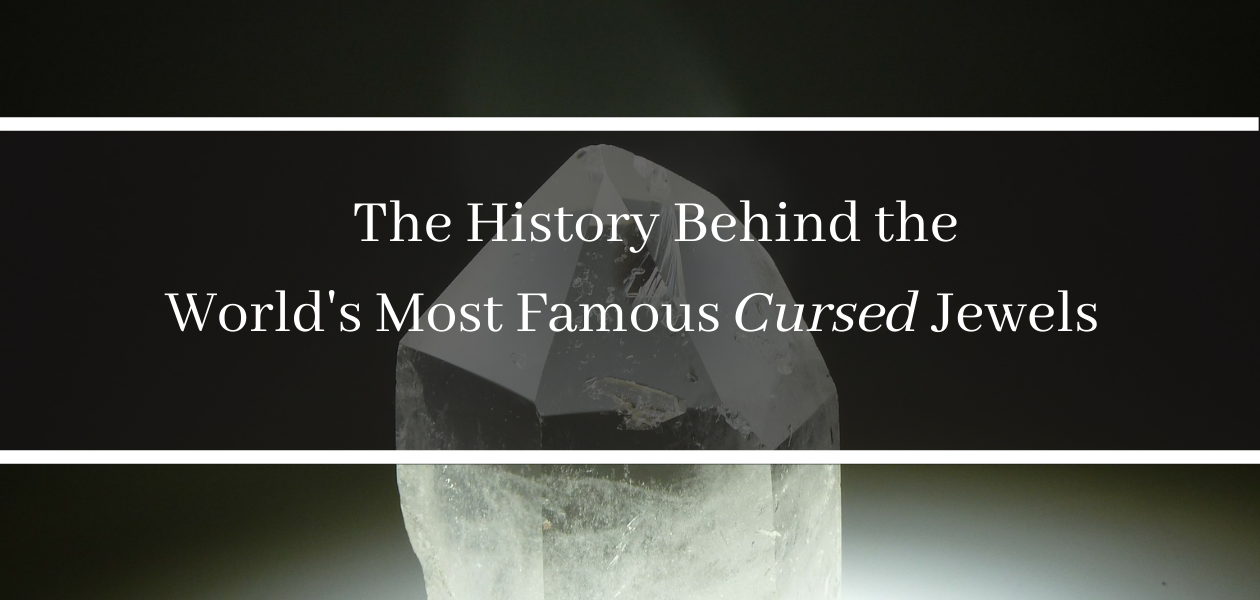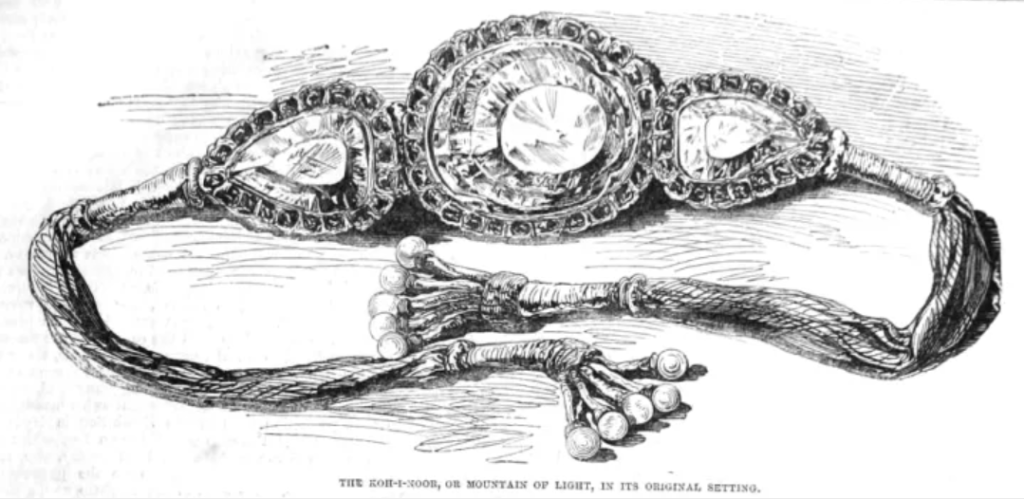
The History Behind the World’s Most Famous Cursed Jewels
Behind the stunning aesthetic of these five infamous jewels lies a sinister past. Passed down through the centuries, these jewels have left a trail of destruction and death in their wake, leading many to believe they are cursed. Explore the storied pasts of the five gems known as the most beautiful and dangerous jewels in history.
1. The Hope Diamond
The infamous 45.52-carat Hope Diamond has been linked to tragic tales that span monarchies around the globe. Many who possess it have died unexpectedly, suffering fates like stabbings, beheadings, murder and suicide.

The history of the Hope Diamond begins in an Indian mine, where it was first discovered in the 17th century. It soon found its way to the crown of King Louis XIV of France. After being passed through generations of French royalty, the Hope Diamond was owned by Louis XVI when he and his wife, Marie Antoinette, met a gruesome demise during the French Revolution.
The Hope Diamond went on to travel through a long line of merchants and elites, including Evalyn Walsh McLean. This socialite did not originally believe in superstition — but the unexpected deaths of her son and daughter, followed by her husband’s admission to a mental hospital, convinced her of the diamond’s curse.
McLean sold the jewel, which eventually made its way to its current resting place at the Smithsonian Institution at an estimated value of a quarter of a billion dollars.
2. The Delhi Sapphire
The cursed Delhi Sapphire is famed to bring terrible misfortune, financial ruin and poor health to anyone who possesses it. The fable of this beautiful gem, which is actually an amethyst, originated when a British soldier stole the stone from the temple of Indra in the 1850s. After experiencing repeated bad luck, the soldier gifted it to a scientist, who experienced a similar fate.
Following two unsuccessful attempts to give the stone away, the scientist threw the Delhi Sapphire into a London canal. However, this didn’t free him of its curse. The amethyst was dredged and returned to him, at which point he stored it under strict instructions that it be locked away until his death.
The Delhi Sapphire was discovered in storage and is now displayed at the London Natural History Museum.
3. The Black Orlov

Vicky Patterson who works at the Natural History Museum in Central London, wears the Black Orlov Diamond, which is said to be cursed, at a Museum photocall this morning. (Photo by John Stillwell – PA Images/PA Images via Getty Images)
The Black Orlov — also known as the Eye of Brahma Diamond — is an exquisite 67.50-carat black diamond. Rumored to have been stolen from an ancient statue of the Hindu god Brahma, legend says this theft invoked an unshakeable curse on anyone who carries the diamond.
After bringing the Black Orlov to New York City in 1932, the thief, a diamond dealer, died by suicide. Two of the diamond’s future owners — a pair of Russian princesses — also killed themselves in a similar manner within months of possessing the diamond. Today, the Black Orlov is featured as the center stone of a diamond pendant.
4. The Regent Diamond
After being stolen from an Indian mine by a slave in the late 1600s, the 140.64-carat Regent Diamond was smuggled on board a ship to Europe. Upon hearing of the valuable gemstone, the ship’s captain murdered the slave, stole the diamond and sold it to an Indian merchant. It eventually made its way to decorate the sword hilt of Napoleon Bonaparte.
Despite its popularity among famed French leaders, the Regent Diamond has been connected to a long streak of violence and murder. Many of the monarchs who possessed it — including Louis XVI, Louis VII and Charles X — lost their thrones through execution, exile or abdication.
Today, you can view the Regent Diamond on display at the Louvre.
5. The Koh-i-Noor Diamond

The folklore surrounding the Koh-i-Noor Diamond stems back to 18th century India, where the uncut diamond decorated the empire’s golden throne. The stone is rumored to have been worth more than the Taj Mahal, which was under construction at the time. The English took the stone during the colonization of India, gifting it to Queen Victoria.
From cholera outbreaks to fearsome storms and unfortunate accidents, the gemstone has been linked to misfortune since its first voyage from India to England. According to legend, the Koh-i-Noor Diamond only brings bad luck to men, with every male possessor historically losing his throne. The English royal women, free of its curse, have claimed the gemstone.
Nowadays, you can see the stunning oval diamond on display in the Tower of London as part of the Crown Jewels.
Interested in Learning More? Contact Fortuna Auction Today
If you’d like to discover more about these famous cursed jewels and other iconic gemstones through the centuries, reach out to Fortuna Auction today. Our team is comprised of leading jewelry industry experts who can offer professional valuations and jewelry auctions — and we’d love to assist you next.
